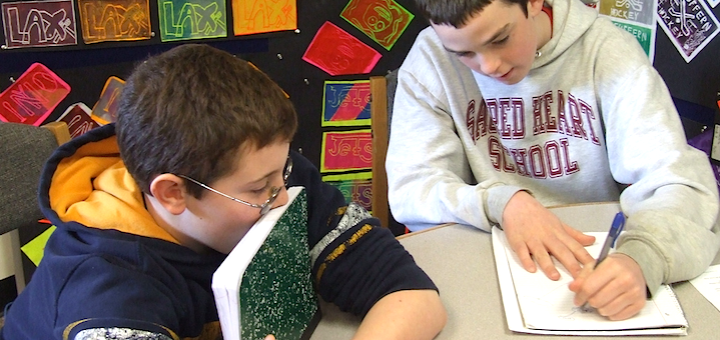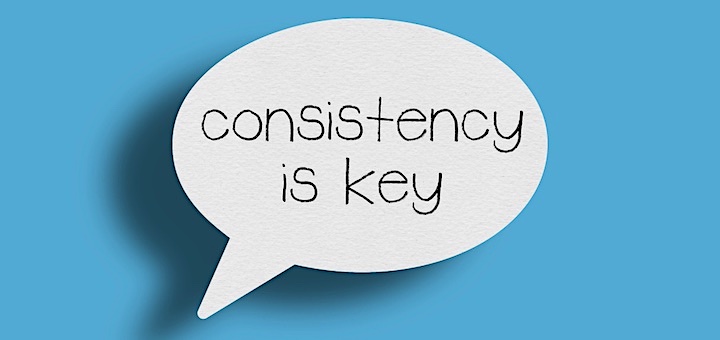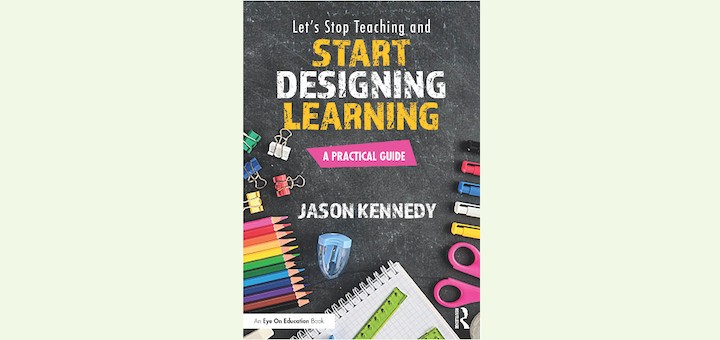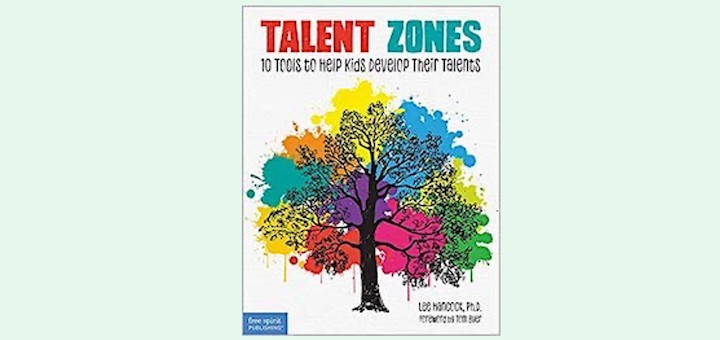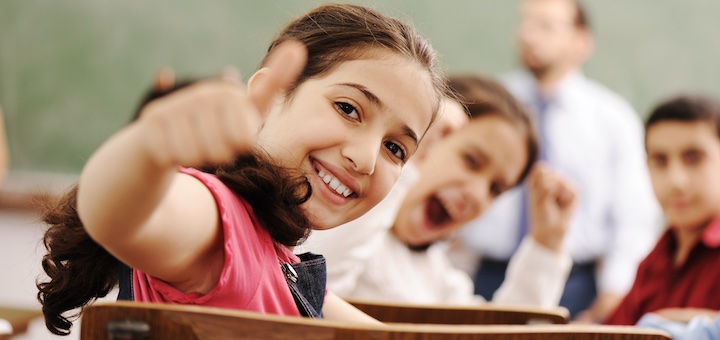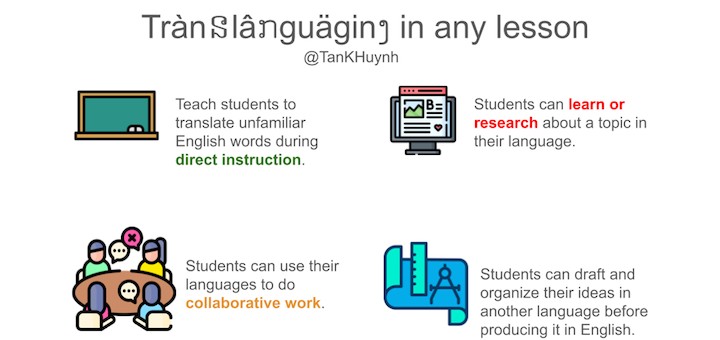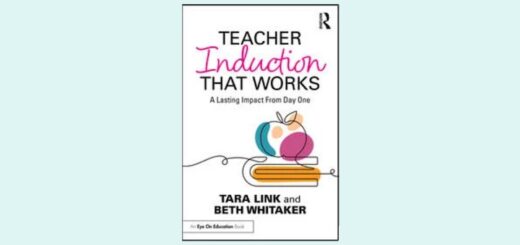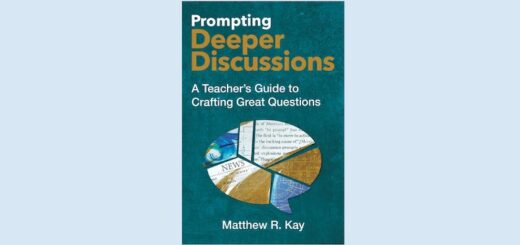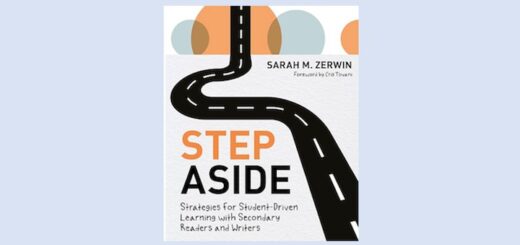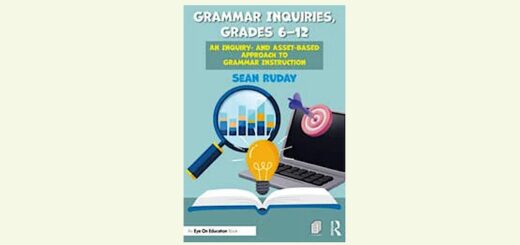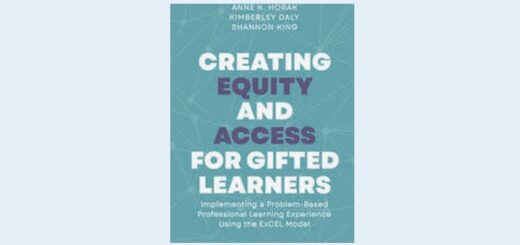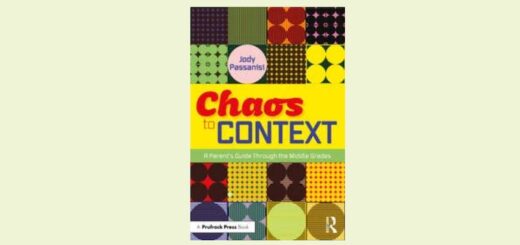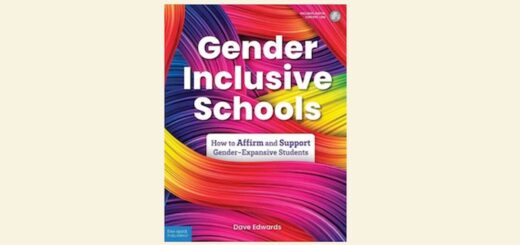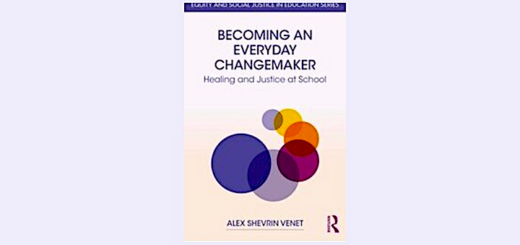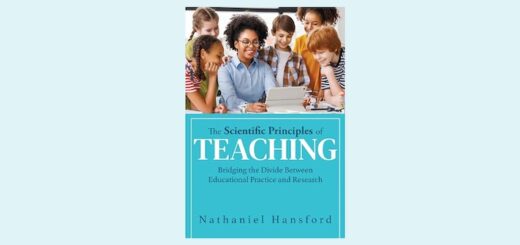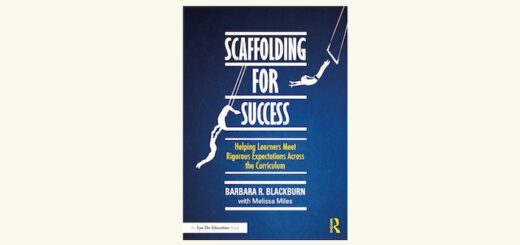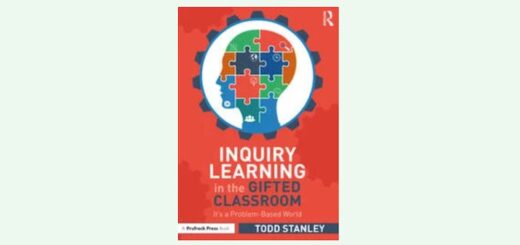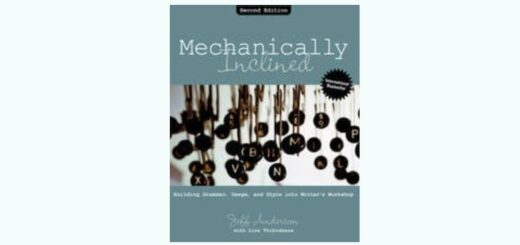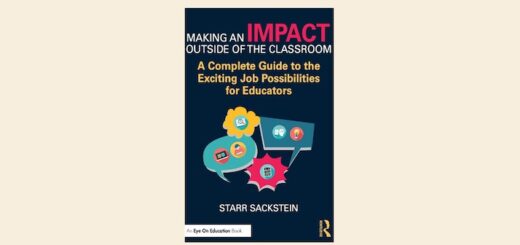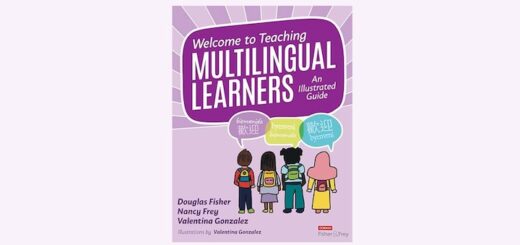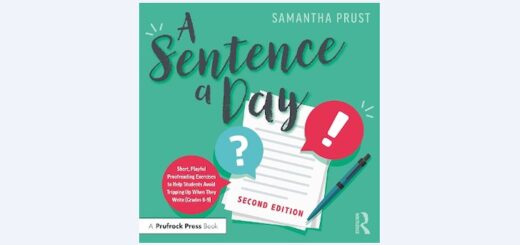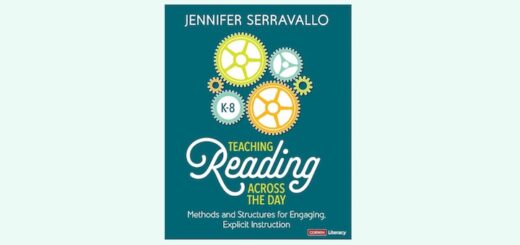Teaching and learning in grades 4-8
Collaborating on complex tasks builds relationships, a positive classroom culture for learning and a sense of accomplishment for each student. When the team wins, everyone is a winner! Deep learning expert Karin Hess shares tools to create authentic, time-sensitive projects.
Students need to know what to expect when they enter our classrooms, writes teacher Kelly Owens. Consistency on the front end paves the way for more student autonomy and engagement throughout the lesson. Three tips can help teachers achieve “the loyalty to learning we want!”
To learn why her 11th graders have so much trouble with simple equations, Michelle Russell sat with each one as they attempted to solve two middle school-level problems. Read about the insights she gained and the strategies she’s considering to help them master the basics.
Jason Kennedy believes that planning on the front-end will result in better learning for students and more enjoyment by the teacher. Cathy Gassenheimer recommends his no-frills, how-to book that’s full of ideas and Kennedy’s passionate views about engagement and learning.
There’s an immense difference between rote memorization and giving students tools that allow them to work flexibly and thoughtfully with numbers, writes Kathie Palmieri. When kids learn number sense and can use multiple strategies, they have choice in how they solve problems.
The negative tone and unkind remarks adolescents use with one another make it tough to develop a classroom sense of community. They won’t learn to communicate appropriately without explicit instruction, write Samantha Layne and Susanne Croasdaile. Learn how UDL strategies help.
The decision to give students “extra credit” should be closely tied to a teacher’s reasons for grading, says teaching coach Barbara Blackburn. Do you grade to measure understanding, provide accountability or compare students? She includes a “redo” tool – her preferred option.
Lee Hancock’s “Talent Zones” provides a new perspective on developing talent and growing a healthy frame of mind in all our students and children – one that leads to confidence and success. School leader Virginia Hornberger urges teachers, coaches, parents to read it.
Not all students arrive in our classrooms, regardless of grade level, with the ability to self-question. We can support the development of this capacity with two strategies: providing prompts and stems, and including self-questioning in daily learning targets. See examples!
Students’ languages are one of the most effective tools they have to achieve academically, writes language specialist Tan Huynh. When we create space for heritage languages across the learning experience, we help students understand content and more fully express themselves.

